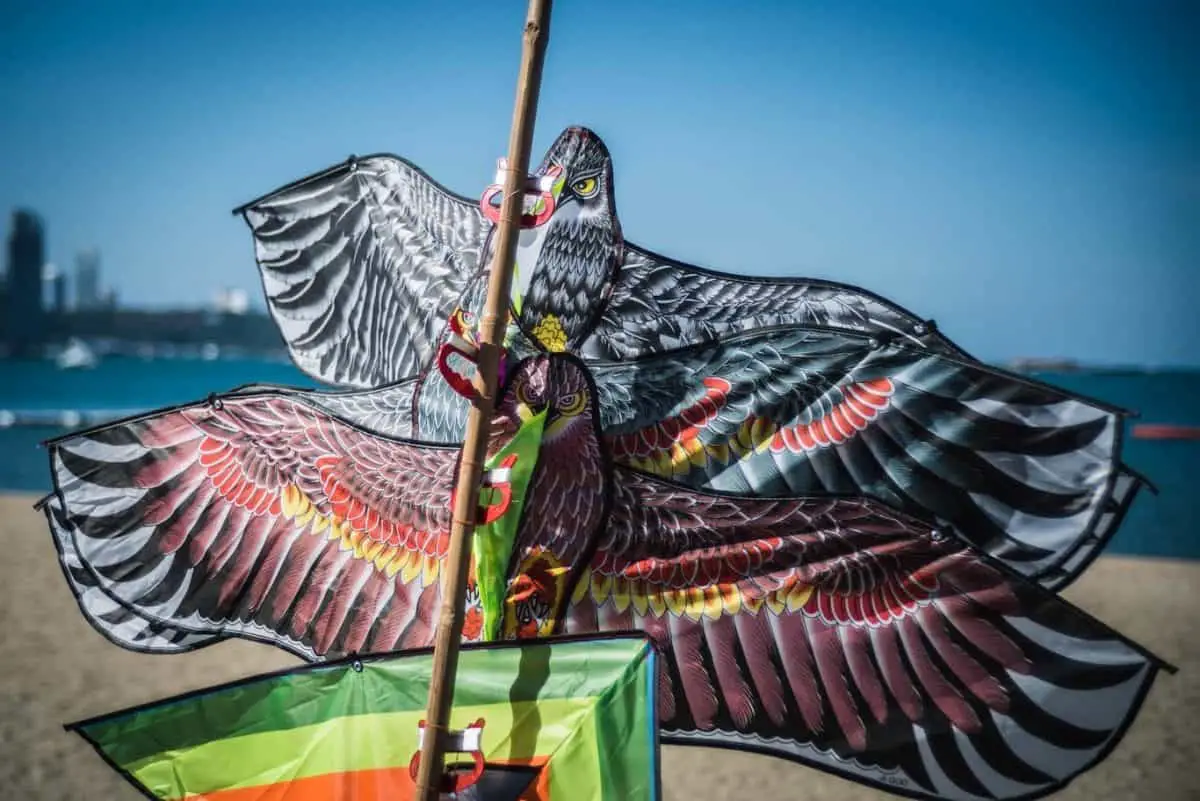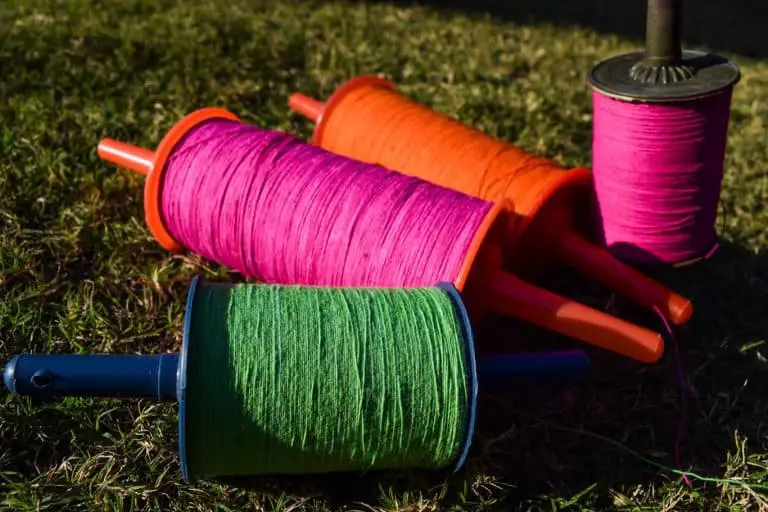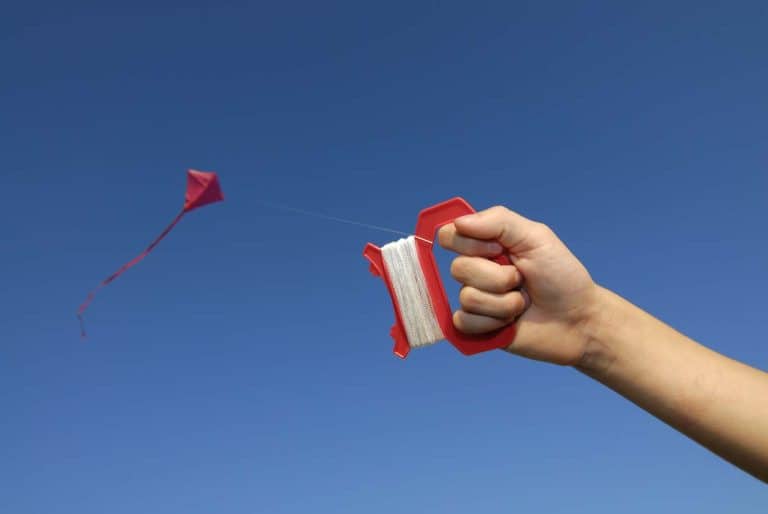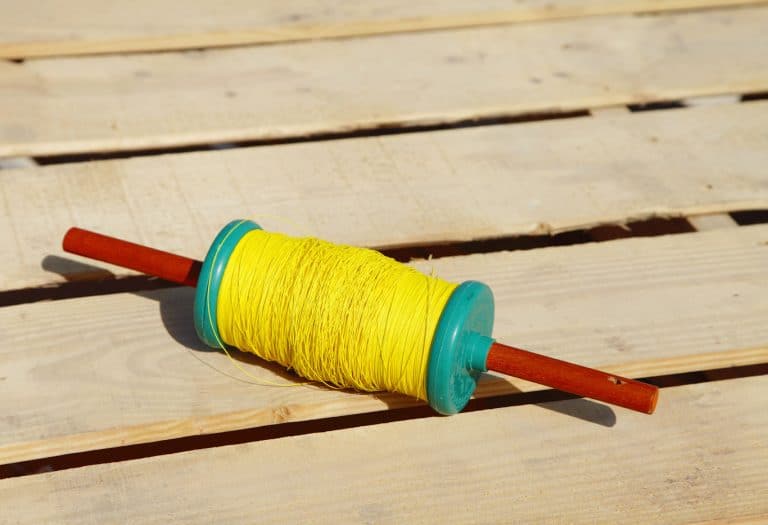How Long Do Kites Last?
New to the world of kites and wondering how long your kites can last? We have you covered. This article addresses the best ways to care for your kite, so they last for as long as possible.
Most kites last as long as 5-7 years (sometimes they may be longer, sometimes shorter). Kites are fragile, even when made with durable materials, so their longevity heavily depends on how you use and care for them.
A kite, just like every other manufactured object, has a usage and warranty period. Once this expires or has reached the usage limit, you might start to experience several defects with your kite, rendering it unsafe for usage. (Source)
The conditions in which you use your kite and its quality also contribute to how long they tend to last. Let’s get into the determinants that influence the longevity of a kite and the best ways of maintenance to get the most value out of it.

General Maintenance Of A Kite To Prolong Its Longevity
There are several types of kites used for different purposes and in different environments. However, there are several general steps and tips to follow to get the best value out of your kite. Following these steps mean you might even outlast the durability period outlined for the kite.
Keep Out Of The Sun
UV rays from the sun are most damaging to materials used in making a kite. It is primarily a problem for kite users living in a warm climate. To prevent UV damage to your kite, try not to spend extensive periods in the sun with the kite, especially when it is at its strongest.
Avoid Strong Winds
Depending on your type of kite, strong winds might pose a severe damage problem to your kite. The wind is a necessary factor in flying a kite. However, when your kite is left unsupervised in extreme weather or lying around on the beach, it becomes more susceptible to damage.
Keep Away From Sand
Sand and kites don’t mix well. When sand mixes with kites, they tend to cause wear and tear in the long run. When sand rubs against the kite stitches and material over some time, wear and tears begin to set in. To avoid this, ensure you wipe down your kite thoroughly after each usage.
Keep Away From Water
Some kites are waterproof, especially for kites used for watersports. However, for kites that are not waterproof, make sure to get the water out of your kite entirely before storage.
Keep Away From Heat
Heat can melt several components of a kite leading to damage. Avoid keeping your kite in hot areas or close to direct heat.
Avoid Self-Launching
When self-launching a kite, so many mistakes could happen, and these can cause a lot of wear to your kite in the long run. (Source)
Every time you self-launch your kites, potentially damaging contacts such as scraping the floor or sand exist. Continuous self-launch over a while will lead to damage that might impact the kite’s longevity.
Kite Folding
Correctly folding your kite after each use goes a long way to prevent damage to your kite and extend the usage period.
Protective Bags
Protective bags can be super helpful for kite owners. It is because they keep your kite protected at all times when it’s not in use. Sharp objects, animals, or children cannot unknowingly damage your kite when it’s in a protective bag.
Line And Control Bar Care
Regular usage over time can stretch your lines, and all lines must be even. Run a quick check to ensure the lines are even. If they aren’t, you can re-tune them till they are even.
Always clean your bars and lines with fresh water, especially after beach use. Saltwater can be sticky and damaging when left on the kite. Ensure you keep your lines knot-free at all times.
Outer Covering/Canopy
Before every use, make sure to check the outer covering of the kites for tears or punctures. You can patch tiny holes up before another use. Also, check the canopy’s stitchings for weakening or wear and tear. Make sure the kite is wiped down with a clean cloth and fresh water and left out to dry completely before folding. It helps to prevent mold.
Safety Tips To Increase Longevity Using Your Kite
Observing the following tips while using your kites can contribute to the long-term usage of the kite. These tips can also help prevent bodily harm to you or other people around you during usage.
- Avoid using your kites in harsh weather conditions.
- Always pay attention while flying or using the kite to avoid potential dangers.
- Try to keep a measurable and safe distance between yourself and other kiter users to avoid kite collisions.
- Try not to leave too much-flying rope hanging around. It can get tangled and cause damage to your kite. This rope might also cause damage or burn to your palms and fingers.
- Avoid flying your kites during stormy weather. (Source)
- Make sure your kite frames don’t contain metal, as this can conduct lightning during a storm. (Source)
- Never fly your kite close to power lines or stations.
- Do not fly your kites in crowded areas or streets, as this may cause damage to your kite or you. It might also result in the possible loss of your kite.
- Make sure to use sunscreen or glasses to prevent UV damages to your body.
- For inflatable kites, keep away from sharp objects that may cause punctures or air leaks.
- Avoid flying your kites near airports or areas where air shows are scheduled.
Emergency Kite Repair Kit
Just as you require a first aid kit for medical emergencies, an emergency kite repair kit is entirely essential. Objects found in this kit can include but are not limited to:
- Tape – A tape helps fix small punctures or tears, especially when it comes to plastic kites. It, unfortunately, might not be a go-to option for more giant tears or holes.
- Scissors – A sharp pair of scissors will always come in handy. A small but sturdy pair strong enough to cut through lines and material is what you need.
- Paper and Glue – Having paper patches and glue sticks can be helpful when you own a paper kite. Tears in paper kites can worsen quickly over a short time, especially during flight. Paper patches and glue can help you fix that and extend the kite’s usage period.
Common Kite Problems And How To Fix Them
- Screw bonding is when the screws on your kites bond to the board. All you need to fix this is to apply a bit of lubricant to the screws.
- Air leakage – For inflatable kites, air leaks can be pretty common. The first step to fixing this is to identify the air leak; you can also clean it with soapy water to identify the source of the leak. Once complete, clean the area with some alcohol and close up with a rubber patch. Large or multiple holes should get a professional touch.
- Bridle lines – There are replacement parts available for bridle lines or rope damages. You can also purchase these ropes from your kite stores or online. Once you notice fraying or damages, you can change them out and proceed with using the kite.
- Canopy damage – You can fix tiny holes or tears with repair patches for nylon outer coverings of paper kites. Significant damages may require a professional kite repair service for best success.
Conclusion
The longevity period of a kite is mainly down to the quality of materials used in kite production. However, careful and observant usage can ensure you get better value out of your kite. We have explored several maintenance tips for you to follow that should be of great importance.
Always consult the kite manual when in doubt. You can also reach out to kite experts with questions on usage. For severe damages to your kite, you should reach out to repair professionals. For damages that are unexplainable or beyond your control, you can reach out to the seller or manufacturing company.
Sources
- Chris A. Harmen, “Kite Flying Troubleshooting – 3 Problems and How to Solve Them,” Ezine Articles, February 9, 2010, https://ezinearticles.com/?Kite-Flying-Troubleshooting—3-Problems-and-How-to-Solve-Them&id=3731057
- Lina Lundgren, Lars-Ola Bligård, Sofia Brorsson, Anna-Lisa Osvalder, “Implementation of usability analysis to detect problems in the management of kitesurfing equipment,” Procedia Engineering, 13 (2011): 525-530, https://doi.org/10.1016/j.proeng.2011.05.125
- Coskie, Tracy L., and M. Michelle Hornof. “Kite Explorations.” Science and Children 44, no. 1 (2006): 16-18
- Ashesh Gunwantrao Wankhede, Dinesh R. Sariya, “An electrocution by metal kite line,” Forensic Science International, 163, Issues 1–2 (2006): 141-143, https://doi.org/10.1016/j.forsciint.2005.09.011






